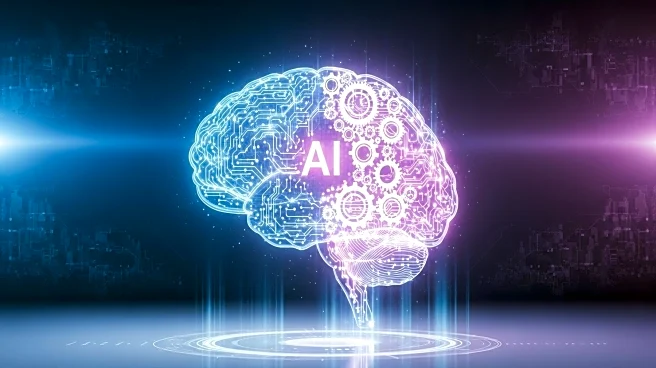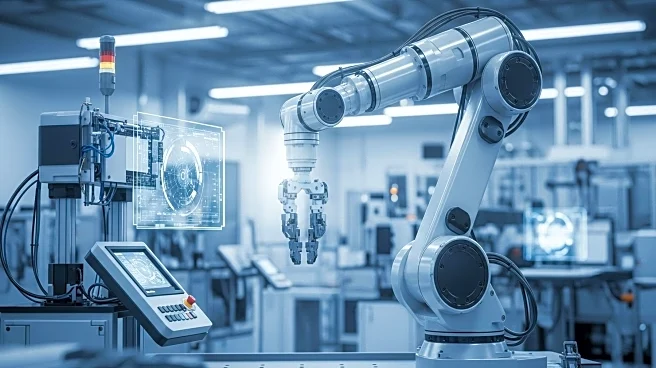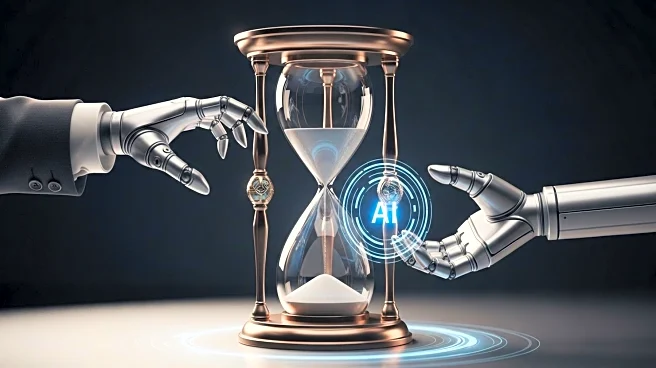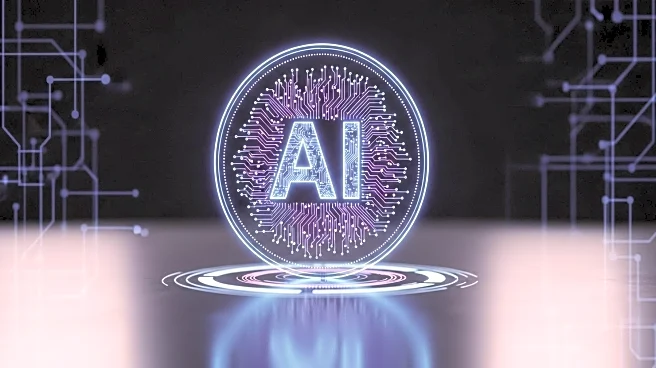What is the story about?
What's Happening?
Cali Yost, CEO and founder of Flex + Strategy Group, addressed the 2025 CNBC Workforce Executive Council Summit in New York, highlighting a significant shift in the U.S. workforce. Yost predicts a contraction in the workforce as more Gen Xers retire, with fewer Gen Alphas and Gen Zers available to replace them. This demographic shift could result in approximately six million people leaving the workforce over the next five to seven years. Yost also emphasized the role of AI as a net creator of jobs, which will increase the demand for workers amidst a shrinking pool of potential employees. She urged companies to reconfigure benefits, salaries, and other offerings to become employers of choice, attracting and retaining talent across generations.
Why It's Important?
The anticipated contraction in the workforce poses significant challenges for U.S. companies, particularly in maintaining productivity and innovation. As the pool of available workers diminishes, businesses may struggle to fill positions, potentially impacting economic growth and competitiveness. The integration of AI as a job creator further complicates the landscape, requiring companies to adapt to new technologies while managing workforce shortages. Organizations that successfully adjust their employee value propositions, including pay, flexibility, and development opportunities, stand to benefit by attracting and retaining skilled workers. Failure to adapt could result in a talent deficit, hindering business operations and growth.
What's Next?
Companies are encouraged to develop strategic plans to address the impending workforce changes. This includes enhancing their employee value propositions to appeal to both retiring Gen Xers and incoming Gen Alphas and Gen Zers. Human resources executives are advised to focus on creating environments that prioritize flexibility, competitive pay, and professional development. As the workforce becomes increasingly diverse and scarce, businesses must innovate their hiring and retention strategies to remain competitive. The next frontier of work will require a proactive approach to workforce planning, ensuring that companies can navigate the challenges of a contracting labor market.
Beyond the Headlines
The shift in workforce demographics and the rise of AI may lead to broader societal changes, including shifts in educational priorities and career paths. As companies adapt to these changes, there may be increased emphasis on lifelong learning and reskilling initiatives to prepare workers for evolving job roles. Additionally, the focus on flexibility and technology integration could influence workplace culture, promoting remote work and digital collaboration as standard practices. These developments may also impact public policy, with potential reforms in labor laws and education systems to support the changing workforce landscape.
AI Generated Content
Do you find this article useful?














